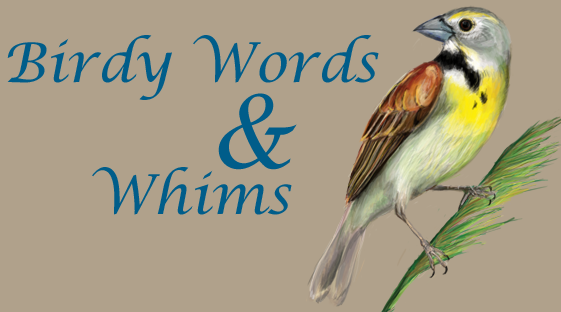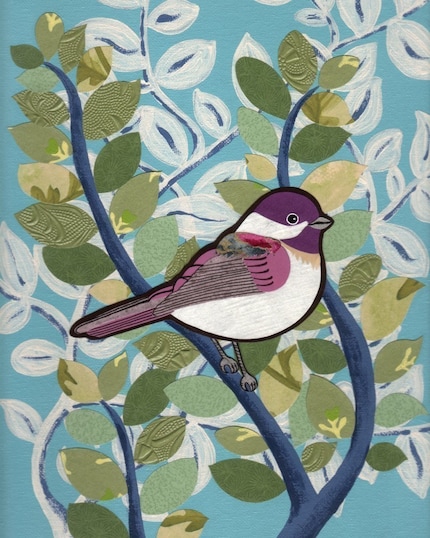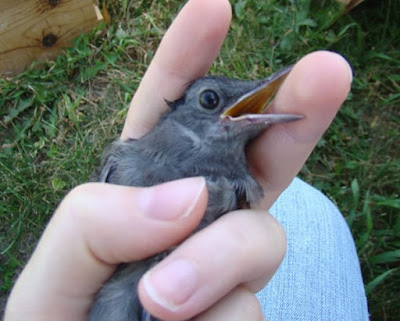
This past Saturday was a great day for banding. As soon as we started putting up nets, we could tell that we would be catching a lot of wrens, and we did! 11 total House Wrens were banded in 4 hours. They were really active in the area and had taken over all three nest boxes near the banding station.

Here's one of the 11. One of the wrens had even just laid eggs recently, a little late in the season but these guys seem to be busier than ever.
I'm always excited to see Cedar Waxwings near the nets. They are such neat birds! A bit disappointing though because as you can see, this one does not have waxy wings, just like the other two we caught this summer.
Here's a Common Yellowthroat with some missing tail feathers. Many birds molt before after the breeding season, especially before they get ready to migrate across a long distance or if they have different summer/winter plumages. If you look at where the tail feathers once were, you can see two tiny shoots. These are called pinfeathers and will eventually grow into full feathers. Feathers are pretty cool and much more complicated than mammal hairs. People are still trying to figure out how birds evolved feathers. One theory is that they are modified reptile-like scales. Amazing what millions of years can do to a body plan adapted for flight.




Here is a really short video of a Cedar Waxwing being released... (listen for House wren song in the background)
and a quick House wren release..
Bird Banded: House Wren (11), Common Yellowthroat (2), American Goldfinch, Grey Catbird, Song Sparrow, Black-capped Chickadee, Yellow Warbler, Cedar Waxwing

Birdy Art: Northern Cardinal











